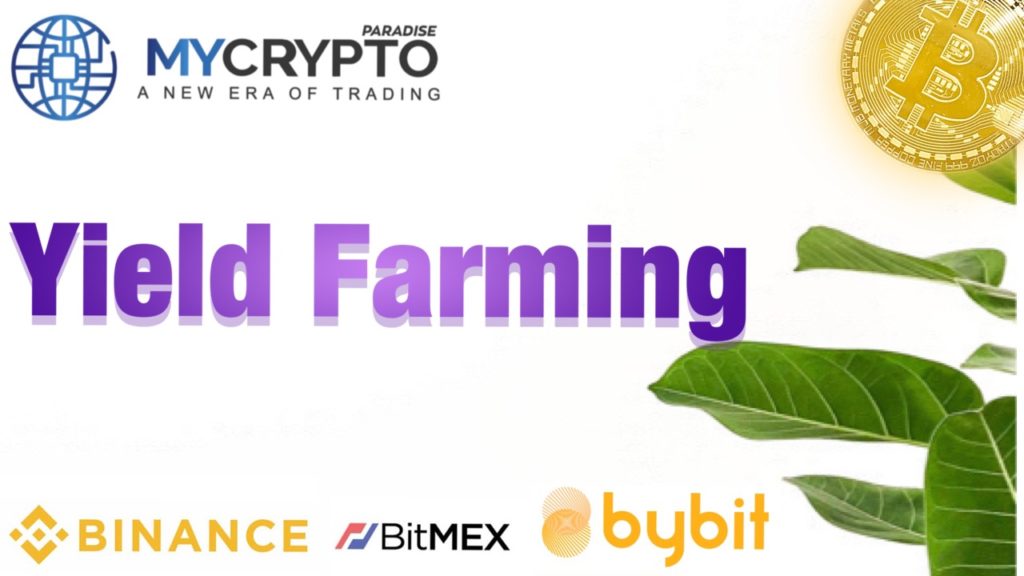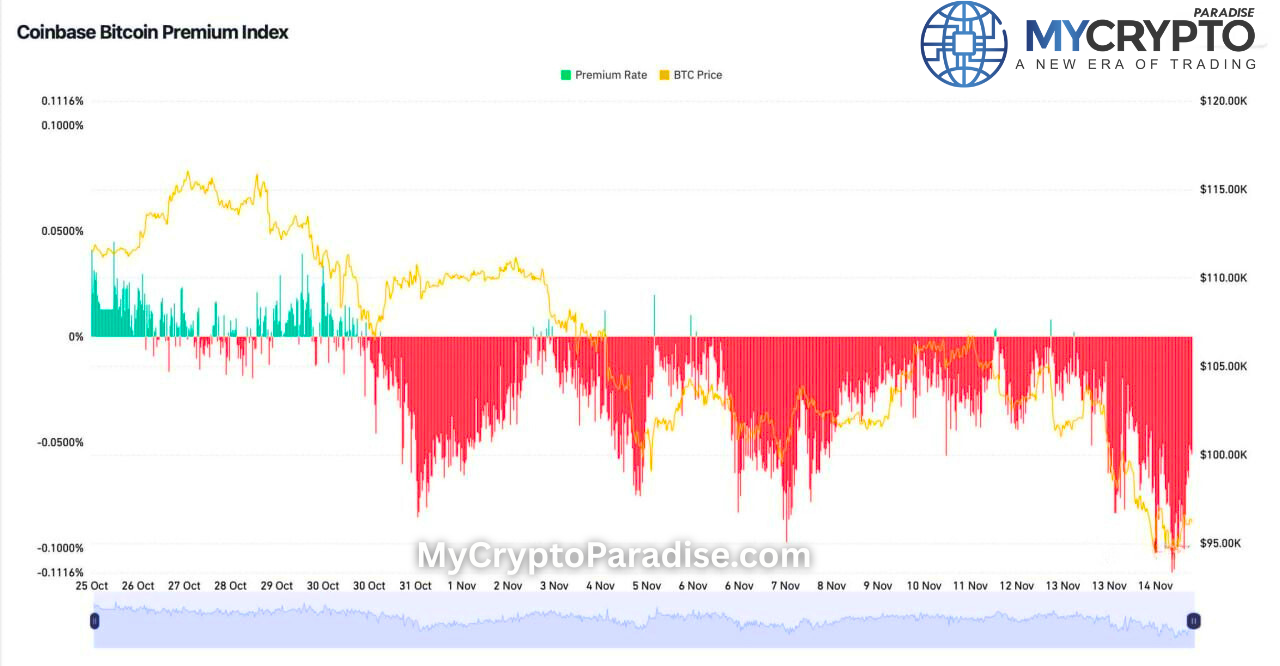Yield Farming, also referred to as liquidity mining, is an aspect of Decentralized Finance that lets investors maximize their assets. Stating it in lay terms; Yield farming earns you passively by ‘putting your crypto assets to work.
Liquidity mining provides an additional means to generate returns on crypto other than by hodling and trading. It lets investors place their resources to various autonomous protocols that facilitate lending, staking and liquidity provisions.
How Does Yield Farming Work
Yield farming is among the most intruguing emerging trends in the crypto market. Enthusiast globally has warmed up to its technologies, and by the day of writing, the total locked value of liquidity pools in yield farming projects is $26,762,702,429.59.
As per its structure, farmers contribute liquidity to a pool via lending or staking their cryptocurrencies. Huh? Let me explain it a bit further.
Yield farming requires two key aspects for actualization; liquidity providers and liquidity pools. Liquidity providers add funds to liquidity pools (smart contracts), thereby enabling a marketplace customer can lend and exchange on. As a liquidity provider, you will receive fees generated by the trading pool depending on the protocol’s annual percentage yield (APY). Some protocols will even garner rewards in the form of multiple cryptocurrencies that lets owners diversify their scope of investments and, by so, earn more profits cumulatively.
Currently, almost all yield farming transactions are done over the Ethereum ecosystem with the rewards belonging to Ethereum too. However, with the enthusiasm liquidity mining has been received with, soon, cross-chain advancements will allow yield farming to operate on other blockchains.
Yield Farming vs. Staking
Yield farming and staking are both means to earn a passive income in crypto. Blockchain developers are always looking for investment options. Before farming, there was staking, and before staking,mining was the means to earn passively.
Staking is the practice of locking crypto assets to receive returns as per the smart contracts applicable. It involves holding funds in a cryptocurrency wallet whereby these resources are used to support operations and security on a blockchain eccosystem.
Mining, compared to the other two types of investments, is the most resource needing. Staking involves large amounts of funds, but it takes a while longer for profits to mature. Yield farming, however, is the best option today. As an investor, you can earn multiple governance tokens as opposed to lesser fees generated all throughout liquidity pools.
How to Calculate Total Yielding Returns
The profitability in yield farming is calculated annually. There are two classic measurement systems used to track performance: Annual Percentage Rate (APR) and Annual Percentage Yield (APY).
Yield farming utilizes smart contracts, and so, the reinvestment of profits back to the liquidity pools is more frequent than other markets. Both APR and APY can track profits generated by an asset. APY, however, is additionally capable of track compounding (re-investing the returns of one investment to another investment.)
It is worth noting that these measurement schemes only give estimations. The volatility of the crypto space makes it so much harder to study. If a yield farm works well for some time, many farmers will jump onto the opportunity, and correlatively returns on that farm will decline.
Risks to Yield Farming
Liquidity mining seems admirable from afar, but in reality, it is not that simple. The most rewarding schemes are complex and only advisable for the savviest investors. Below are some of the downfalls of yield farming you ought to be informed of before deciding it as an investment option.
- It is suitable for investors will more capital.
- You stand to be liquidated if your collateral value falls below the threshold minimum for the protocol.
- Smart contract bugs- The Defi ecosystem is relatively new to existence. This way, smart contracts are being developed by small teams lacking in resources for better information security.
- Composability- Defi protocols are permissionless, and they easily integrate. This is a big advantage to the ecosystem considering the decentralized nature, but the structure could imply even bigger setbacks for it. The ecosystem is heavily reliant on individual building blocks, and if one block fails, the performance of all others fails. As an investor, therefore, you not only need to trust the platform you are lending on but also all others it is reliant on.
Popular Yield Farming Platforms and Protocols
As already discussed, the basics of yield farming involved depositing assets on smart contracts ad earning a return. Here is a collection of the most popular protocols prevalent among yield farmers
- Compound Finance
- Maker DAO
- Synthetix
- Aave
- Uniswap
- Curve Finance
- finance
- Balancer
Investing in yield farms, like all other types of investments, requires extensive research. Profits probable from yield farms have already exceeded those from traditional banks, although completely reliant on how much you invest and the rules governing the protocols you are on.
Mycryptoparadise will always be at the forefront to keep you up to date with new developments in this niche and more information in cryptocurrency at large.













